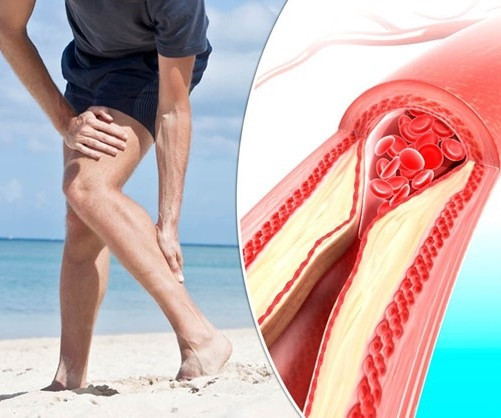What Happens if Peripheral Arterial Disease is Left Untreated?
Vascular Physician
DECEMBER 21, 2022
Many people feel fatigue or pain in their feet or legs with physical activity due to the lack of proper blood flow to their limbs. Early detection can lead to a more comfortable and effective treatment plan. The best treatment plan for you will depend on your particular condition and symptoms.













Let's personalize your content